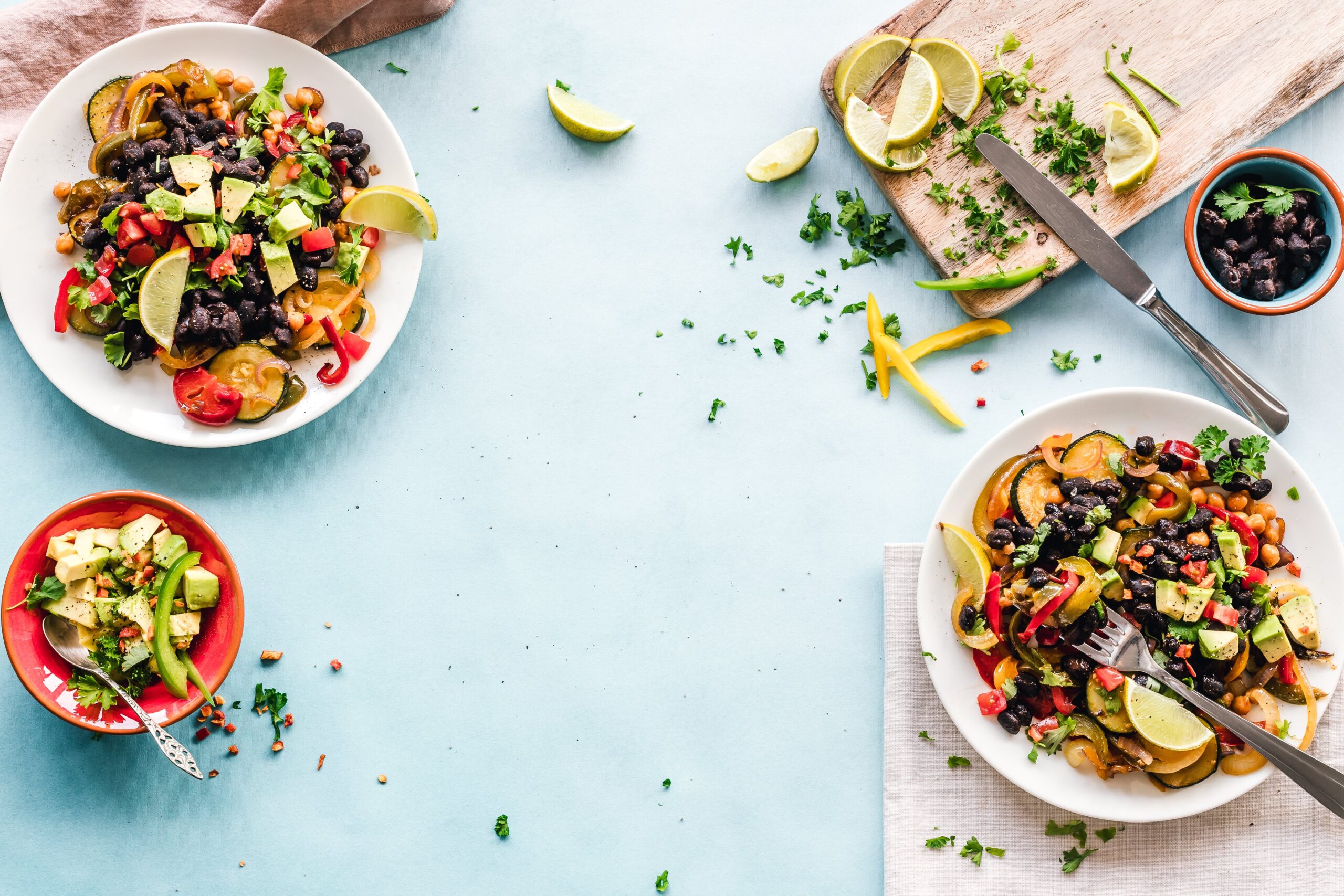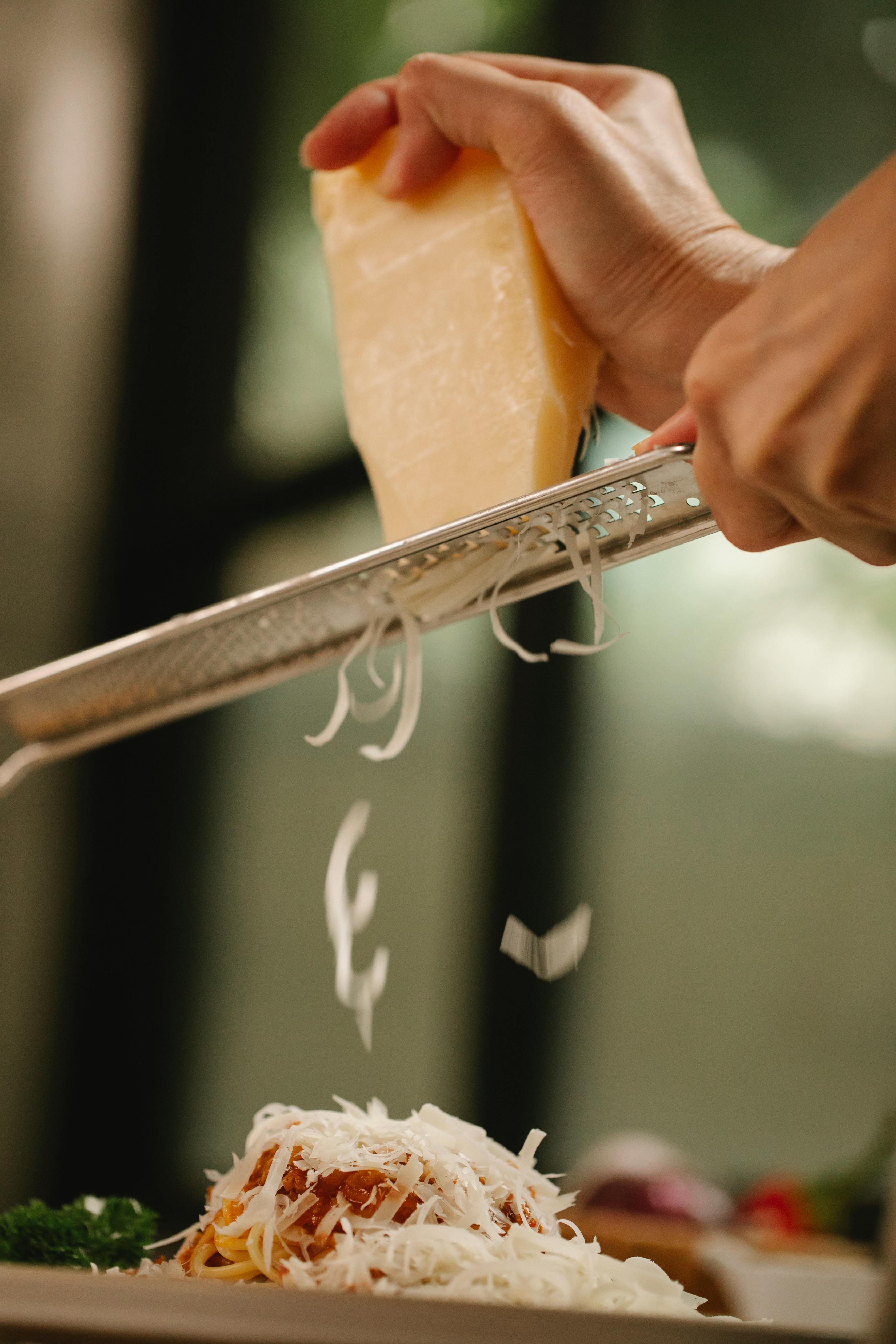Are you ready to take your culinary skills to the next level? Look no further than Tastepan’s expert cooking tips and techniques. Whether you’re a seasoned chef or a beginner in the kitchen, our comprehensive guides and videos are here to help you master the art of cooking. One essential aspect that often gets overlooked is knife selection. Choosing the right knife for the job can make all the difference in your cooking experience. Join us as we delve into the world of knives and discover how to select the perfect tool for every task at hand.

Types of Knives
Chef’s Knife
The chef’s knife is a versatile, all-purpose knife that is essential in every kitchen. With its wide blade and curved cutting edge, it is perfect for chopping, slicing, and dicing fruits, vegetables, and meats. The length of the blade typically ranges from 6 to 12 inches, allowing for greater control and precision in cutting various ingredients.
Paring Knife
The paring knife is a small, narrow knife with a plain edge blade. It is ideal for intricate tasks such as peeling, trimming, and shaping fruits and vegetables. This knife allows for precision and control, making it a must-have tool for delicate culinary tasks.
Bread Knife
The bread knife is distinguished by its long, serrated blade. It is designed specifically for effortlessly slicing through bread without crushing it. The serrated edge of the knife allows it to grip the crust of the bread, ensuring clean and neat slices every time.
Santoku Knife
The Santoku knife is a Japanese all-purpose knife that has gained popularity in Western kitchens. It features a shorter, wider blade with a flat cutting edge and slight curve, making it perfect for slicing, dicing, and mincing. This versatile knife can handle a variety of ingredients, making it a favorite among home cooks and professional chefs alike.
Utility Knife
The utility knife is a smaller version of the chef’s knife with a narrower and more rigid blade. It is often used for tasks that require more precision and control, such as cutting small fruits and vegetables or trimming meat. This knife is a handy tool to have for everyday kitchen tasks.
Boning Knife
The boning knife is specifically designed for separating meat from bones. It features a thin, flexible blade that allows for precise cuts and maneuverability around joints and bones. Whether you’re deboning a chicken or trimming fat from a piece of meat, a boning knife will make the task much easier.
Carving Knife
The carving knife is used for slicing thin, precise cuts of meat, poultry, and fish. It has a long, narrow blade with a pointed tip, which makes it perfect for carving roasts and other large cuts of meat. This knife allows for clean and even slices, enhancing the presentation of your dishes.
Cleaver
The cleaver is a heavy and sturdy knife with a large, rectangular blade. It is commonly used for tasks that require significant force, such as chopping through bones or splitting poultry. The weight and thickness of the cleaver make it perfect for heavy-duty cutting tasks.
Filleting Knife
The filleting knife is used for delicate tasks such as filleting fish or deboning meat. It has a long, thin, and flexible blade that glides effortlessly along the bones and contours of the meat. This knife allows for precise and clean cuts, ensuring that you make the most of your ingredients.
Tomato Knife
The tomato knife is a small knife with a serrated edge specifically designed for slicing through the delicate skin and flesh of tomatoes. The small serrations grip the tomato’s skin without crushing it, allowing for neat and even slices. This knife is also useful for cutting other soft-skinned fruits and vegetables.
Blade Materials
Carbon Steel
Carbon steel blades are highly regarded for their exceptional sharpness and edge retention. They can be sharpened to a fine edge, allowing for precision cutting. However, carbon steel requires more maintenance as it is prone to rusting and staining. Regular cleaning and drying are necessary to keep the blade in optimal condition.
Stainless Steel
Stainless steel blades are known for their corrosion resistance and ease of maintenance. They are less likely to rust or stain, making them a reliable choice for everyday use. While stainless steel blades may not hold their edge as well as carbon steel, they are still capable of delivering reliable cutting performance.
High Carbon Stainless Steel
High carbon stainless steel combines the best of both worlds, offering the sharpness and edge retention of carbon steel with the corrosion resistance of stainless steel. These blades provide excellent cutting performance while requiring less maintenance than pure carbon steel.
Ceramic
Ceramic blades are favored for their extreme sharpness and durability. They retain their edge for a long time and are resistant to staining. However, ceramic blades are brittle and can chip or break if mishandled. They are best suited for precision slicing and cutting tasks and should be used with caution.
Titanium
Titanium blades are lightweight and offer excellent corrosion resistance. They are often used in high-end knives for their sleek appearance. While titanium blades may not hold their edge as well as other materials, they are still capable of delivering reliable cutting performance.

Handle Materials
Wood
Wooden handles are favored for their natural beauty and warm feel. They provide a comfortable grip, making them a popular choice among chefs. However, wood handles require regular maintenance to prevent drying and cracking. They should be hand washed and occasionally treated with oil to keep them in good condition.
Plastic
Plastic handles are lightweight, durable, and easy to clean. They are often used in commercial kitchens and are resistant to cracks and moisture. Plastic handles are also more affordable compared to other handle materials, making them a practical choice for everyday use.
Composite
Composite handles are made from a combination of different materials, such as wood and plastic, to provide the benefits of both. They offer a comfortable grip, durability, and resistance to moisture. Composite handles often have a modern and stylish appearance, making them a popular choice among home cooks.
Stainless Steel
Stainless steel handles offer a sleek and modern look to knives. They are easy to clean and maintain, making them a practical choice for busy kitchens. However, stainless steel handles can be slippery when wet, so it’s important to ensure a secure grip while using these knives.
Rubber
Rubber handles provide a comfortable and secure grip, even when wet. They are often used in knives designed for outdoor activities or rugged tasks. Rubber handles are resistant to slipping and offer excellent control, making them ideal for tasks that require precision or a firm grip.
G10 (Fiberglass – Epoxy Resin)
G10 handles are made from layers of fiberglass and epoxy resin, creating a lightweight and durable material. They offer excellent resistance to moisture, heat, and chemicals, making them ideal for professional kitchens. G10 handles are known for their exceptional grip and stability, even in wet conditions.
Blade Styles
Straight Edge
A straight edge blade is the most common type of blade found in kitchen knives. It features a sharp, straight cutting edge that is versatile for various types of cuts. Straight edge blades provide clean, precise cuts and are suitable for a wide range of culinary tasks.
Serrated Edge
A serrated edge blade has small, jagged teeth along the cutting edge. It is ideal for slicing through tough or crusty surfaces, such as bread or tomatoes. The serrations grip the material, allowing for effortless cutting without crushing or tearing.
Hollow Edge
A hollow edge blade features small indentations, or hollows, along the cutting edge. These hollows create air pockets, reducing friction between the blade and the food being cut. This allows for smoother, cleaner cuts and prevents food from sticking to the blade.
Granton Edge
A Granton edge blade has shallow indentations, known as Grantons, along the cutting edge. The Grantons create air pockets, reducing surface friction and preventing food from sticking to the blade. This blade style is often used in slicing knives to make thin, even cuts.

Blade Length
Short Blade
Short blade knives typically have a length of 3 to 5 inches. They are best suited for tasks that require precision and control, such as peeling and shaping fruits and vegetables. Short blade knives are also great for cutting small ingredients or performing intricate tasks.
Medium Blade
Medium blade knives have a length ranging from 6 to 8 inches. They are the most versatile option, suitable for a wide range of tasks. Medium blade knives offer a balance between precision and leverage, making them ideal for chopping, slicing, and dicing.
Long Blade
Long blade knives have a length of 9 inches or more. They provide more leverage and are best suited for cutting large ingredients, such as roasts or melons. Long blade knives allow for longer, smoother strokes, making them efficient for slicing and carving.
Weight and Balance
Lightweight
Lightweight knives are generally easier to maneuver and control, making them suitable for tasks that require agility and precision. They are ideal for delicate tasks such as peeling or slicing small ingredients.
Standard Weight
Standard weight knives provide a balance between maneuverability and stability. They are versatile enough to handle a variety of tasks, making them suitable for everyday kitchen use. Standard weight knives are often the go-to choice for both home cooks and professional chefs.
Heavyweight
Heavyweight knives offer more power and stability, making them suitable for tasks that require additional force or cutting through tougher ingredients. They excel in tasks such as splitting poultry or chopping through bones.
Handle-heavy Balance
A handle-heavy balance refers to a knife where the majority of the weight is located in the handle. This balance provides a more substantial feel and can assist in tasks that require downward force, such as chopping or rocking motions.
Blade-heavy Balance
A blade-heavy balance refers to a knife where the majority of the weight is located in the blade. This balance provides increased momentum and can assist in tasks that require forward slicing or chopping motions.
Neutral Balance
A neutral balance refers to a knife that achieves an equal distribution of weight between the blade and handle. This balance allows for versatile use and is often preferred by those who desire a balanced and comfortable feel while cutting.
Grip and Ergonomics
Full Tang
A full tang refers to a knife where the blade extends into the handle. It provides excellent balance, stability, and durability. Knives with a full tang are known for their strength and are often considered high-quality options.
Partial Tang
A partial tang refers to a knife where the blade does not extend completely into the handle. While partial tang knives may not offer the same level of balance and durability as full tang knives, they can still be reliable options for everyday kitchen tasks.
Handle Shape
The shape of the handle plays a significant role in the comfort and ergonomics of a knife. Some common handle shapes include traditional, ergonomic, and bolstered. It’s important to choose a handle shape that fits comfortably in your hand and provides a secure grip.
Handle Texture
The texture of the handle can affect the grip and control you have over the knife. Some handles have a smooth surface, while others feature textured patterns or grips. Choose a handle texture that feels comfortable and secure in your hand to ensure safe and efficient cutting.
Blade Maintenance
Sharpening
Regular sharpening is essential to maintain the sharpness and performance of your knives. Depending on the type of blade material, different sharpening methods may be required. Using a sharpening stone or honing rod can help maintain a keen edge on your knives.
Honing
Honing is a maintenance step performed between sharpening to realign the blade and keep it in optimal condition. Using a honing rod or sharpening steel, you can straighten the blade’s cutting edge, enhancing its sharpness and effectiveness.
Storing
Proper storage is crucial to prolonging the life of your knives and ensuring their safety. It is best to store knives in a knife block, on a magnetic strip, or in a knife roll to protect the blades and prevent accidents.
Cleaning
Regular cleaning is necessary to remove food particles and prevent bacteria buildup on your knives. Hand wash your knives with mild soap and warm water, taking care to dry them thoroughly to prevent rust or damage.
Budget Considerations
Price Range
The price range for knives can vary significantly depending on factors such as materials, craftsmanship, and brand reputation. Entry-level knives can be found at affordable prices, while high-end professional-grade knives can be quite expensive. Consider your budget and intended use to determine the best knife within your price range.
Investment vs. Beginner Knives
When considering knife options, it’s important to weigh the benefits of investing in high-quality knives versus opting for more budget-friendly options. While beginner knives may suit basic needs, investing in higher-quality knives can often save you money in the long run due to their durability and performance.
Specialty Knives
Gyro Knife
A gyro knife, also known as a kebab knife, is specifically designed for slicing thin, uniform strips of meat from a rotating spit. Its narrow, curved blade allows for precise cuts, making it ideal for creating the perfect gyro sandwich or shawarma.
Sushi Knife
A sushi knife, or sashimi knife, is a long, thin knife used to prepare sushi and sashimi. Its sharp, single-beveled blade allows for precise cuts and clean slices of raw fish. The sushi knife is an essential tool for any sushi enthusiast or professional sushi chef.
Oyster Knife
An oyster knife is a specialized tool designed for shucking oysters. Its short, stout blade is used to pry open the oyster shell while minimizing the risk of injury. This knife is a must-have for seafood lovers who enjoy fresh oysters.
Meat Cleaver
A meat cleaver is a heavy-duty knife used for cutting through bones and tough cuts of meat. With its thick, rectangular blade, it excels in tasks that require significant force, such as splitting poultry or cutting through cartilage. A meat cleaver is a valuable tool in any meat lover’s kitchen arsenal.
In conclusion, choosing the right knife for the job is essential to achieve optimal results in the kitchen. By considering the various types of knives, blade materials, handle materials, blade styles, blade lengths, weight and balance, grip and ergonomics, blade maintenance, budget considerations, and specialty knives, you can make an informed decision when selecting your kitchen knives. A well-equipped knife collection, tailored to your needs and preferences, will enhance your culinary experience and elevate your cooking skills. Happy chopping!
